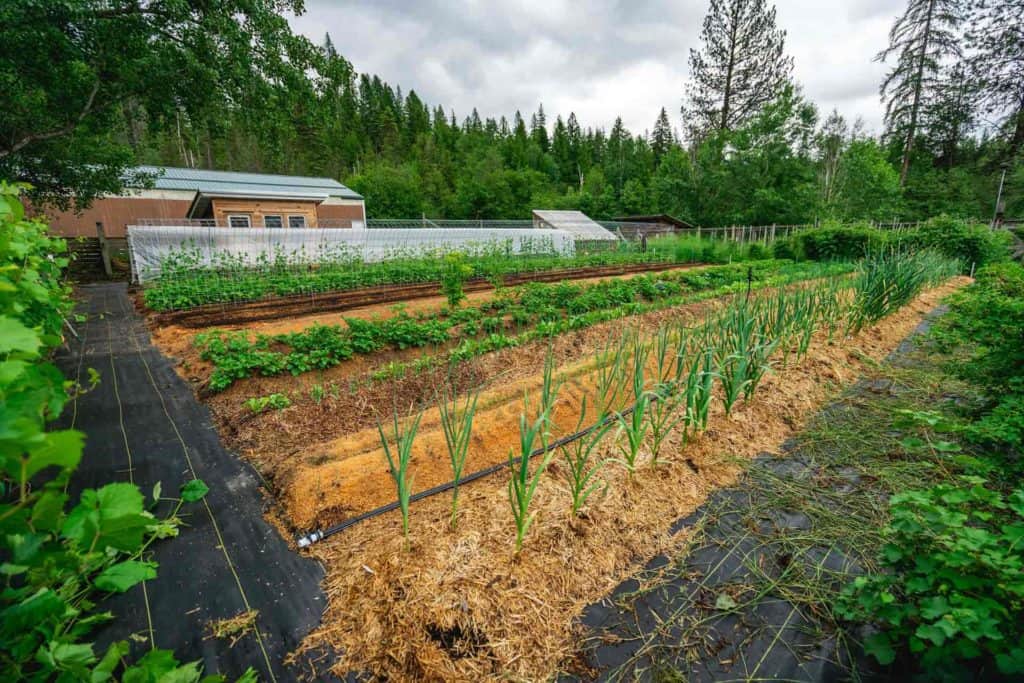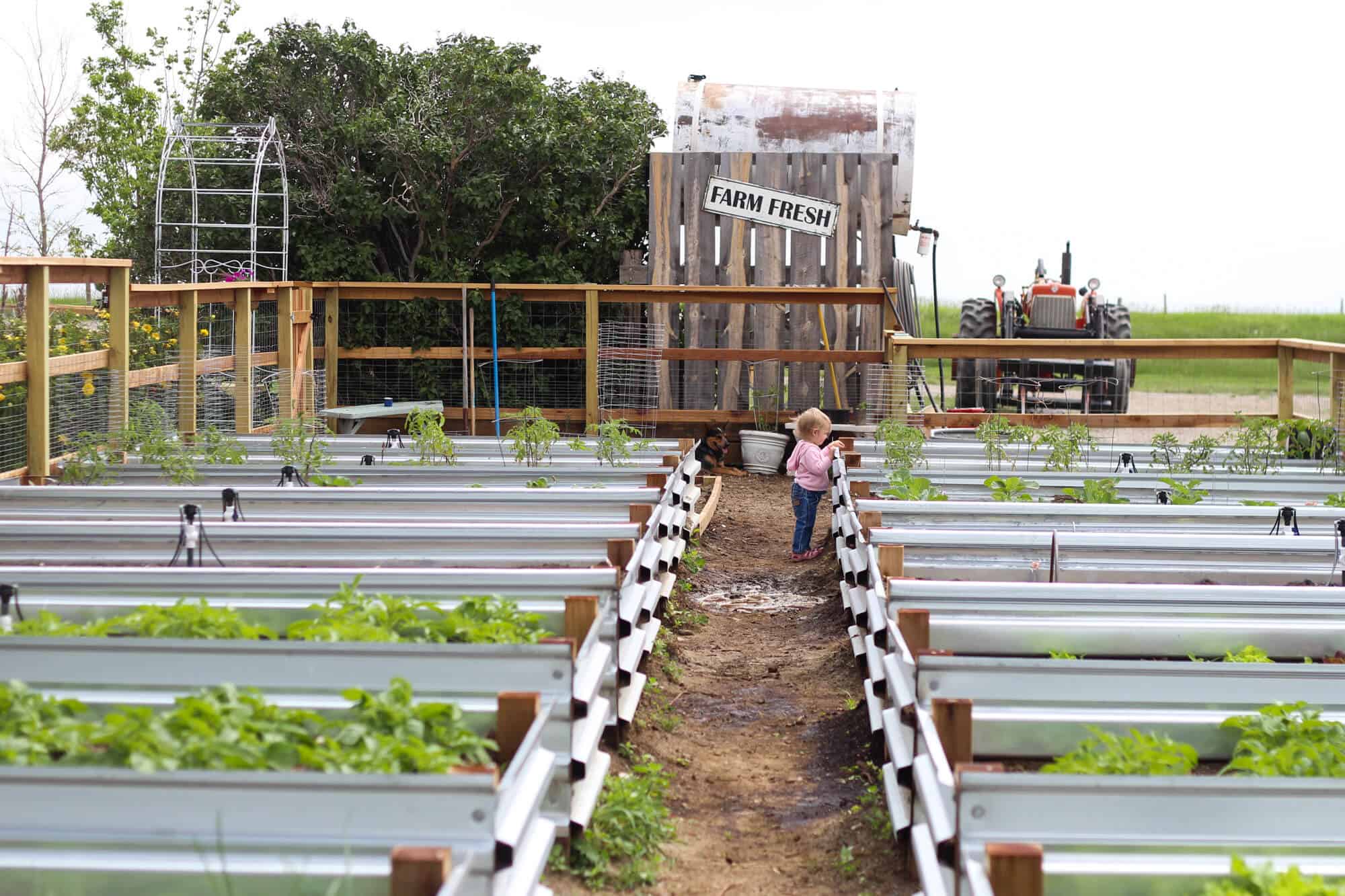Best Plants to Grow for Homestead Gardening Setup
Best Plants to Grow for Homestead Gardening Setup
Blog Article
Enhance Your Outdoor Location With Creative Gardening Styles and Layouts
By checking out numerous designs, such as the charming informality of cottage gardens or the minimalism of contemporary aesthetics, one can significantly boost the setting of their surroundings. In addition, incorporating upright gardening methods and sustainable practices not only improves visual appeal however additionally advertises environmental consciousness.

Home Yard Charm
Home gardens, typically defined by their lush, casual formats, accept a harmonious mix of flowers, herbs, and vegetables, developing a vivid tapestry of color and scent. This typical gardening design dates back to the late 19th century, coming from England, and is prized for its enchanting, charming appeal.
Crucial element of cottage yards include the usage of seasonal plants, climbing up creeping plants, and self-seeding annuals, which add to an ever-evolving landscape. Planting in thick clusters encourages a naturalistic appearance, enabling an eclectic mix of colors and structures. Popular blossoms such as hollyhocks, foxgloves, and delphiniums intermingle with great smelling herbs like lavender and rosemary, improving sensory experiences while advertising biodiversity.
Including rustic functions, such as weather-beaten trellises, wood fences, or stone paths, further improves the visual of a home yard. This style not only prioritizes elegance yet additionally welcomes sustainability, as numerous plants are picked for their capability to bring in pollinators and provide food. Eventually, the cottage garden charm exists in its relaxed, inviting environment, urging a deep connection with nature while providing a picturesque resort for leisure and pleasure.
Modern Landscape Visual Appeals
While the appeal of cottage gardens stimulates a feeling of fond memories and fancifulness, modern-day landscape aesthetics accept a more streamlined and minimalist method. This contemporary style emphasizes simplicity, performance, and an assimilation with the surrounding setting. Tidy lines, geometric forms, and a limited color scheme identify modern-day landscape design, permitting nature's elegance to take center stage without unneeded interruptions.
Materials play a vital function in achieving this aesthetic. Concrete, metal, and natural rock are often utilized to create hardscapes that complement the landscape instead of bewilder it. Additionally, the mindful choice of plants is fundamental; decorative lawns and native varieties are typically favored for their reduced maintenance and capacity to thrive in local problems.
Water features, such as smooth fish ponds or reflecting pools, are additionally indispensable to modern-day designs, giving calmness and a focal point. Sustainable practices, consisting of xeriscaping and the use of absorptive products, boost the environmental responsibility of contemporary landscape design. Inevitably, contemporary landscape looks offer a chance to develop serene outside rooms that reflect contemporary values while fostering a much deeper link to nature.
Vertical Gardening Developments
Upright gardening developments have actually revolutionized the means we approach gardening in restricted areas, making it possible for the farming of plants in urban atmospheres where ground room is scarce. These cutting-edge techniques and structures enable garden enthusiasts to make best use of vertical surface areas, changing walls, fences, and even terraces into lavish eco-friendly spaces.
One noticeable development is the use of modular systems, which are composed of interlacing panels that can be easily installed and rearranged - Homestead Gardening. These panels typically come furnished with integrated watering systems, making certain that plants obtain ample wetness while lessening water waste. Furthermore, upright gardens can incorporate a range of plants, from flowering types to edible herbs, advertising biodiversity and boosting appearances
One more noteworthy advancement is the integration of wise technology, such as sensors that monitor dirt moisture and nutrient levels. This modern technology allows for precise treatment tailored to the needs of individual plants, making certain ideal growth and health. Vertical planters and light-weight materials made from recycled items add to sustainability while minimizing the physical concern of traditional gardening.
Lasting Horticulture Practices
Lasting horticulture techniques have become an important technique for garden enthusiasts looking for to decrease their environmental impact while enhancing the health and wellness of their ecological communities. These practices concentrate on the cautious administration of all-natural resources, advertising biodiversity, and fostering a resilient landscape.
One crucial element of lasting gardening is dirt health. Utilizing natural garden compost, mulching, and crop rotation improves the dirt, advertising beneficial microbes and lowering the need for chemical plant foods. Furthermore, native plants are motivated, as they need much less water and are extra resistant to neighborhood bugs, thus lowering dependence on chemicals.

Furthermore, sustainable horticulture urges using recycled products for garden structures and pathways, reducing waste and ecological influence. By taking on these methods, garden enthusiasts can produce a flourishing outdoor room that integrates with nature, making certain both individual satisfaction and environmental duty.
Themed Yard Inspirations
Creating a themed yard can transform a regular outdoor room right into a captivating refuge that shows personal style and passions. Themed yards offer a distinct opportunity to share creative thinking while boosting the aesthetic appeal of one's landscape. Popular styles consist of Japanese Zen yards, which stress tranquility with very carefully set up stones, water attributes, and minimal growings.
Another motivating theme is the cottage garden, identified by a casual format filled up with a wealth of aromatic natural herbs and vibrant flowers. This design advertises biodiversity and brings in pollinators, making it both environmentally beneficial and stunning.
For those with a propensity for experience, a tropical yard can stimulate a getaway feel, including vibrant vegetation, vivid flowers, and probably even a little water attribute to simulate a hotel atmosphere.
Additionally, a themed yard can attract ideas from literary works or history, such as a Shakespearean yard that includes plants stated in the Bard's works.
Picking a motif not only provides instructions in plant option and layout but likewise produces a natural atmosphere that welcomes expedition and pleasure, making exterior rooms really distinctive.
Final Thought

Incorporating rustic features, such as weathered trellises, wooden fencings, or rock pathways, additionally improves the aesthetic of a cottage garden. Additionally, upright yards can incorporate a selection of plants, from blooming types to edible herbs, promoting biodiversity and enhancing aesthetic appeals.
Developing a themed garden can transform a common outdoor area right into a captivating refuge that mirrors personal design and interests. Themed gardens provide an unique chance to express creative thinking while enhancing the visual charm of one's landscape. The beauty of home gardens, the sleekness of modern landscapes, ingenious vertical horticulture strategies, sustainable practices, and themed Visit This Link gardens each contribute one-of-a-kind aspects that foster both charm and functionality.
Report this page